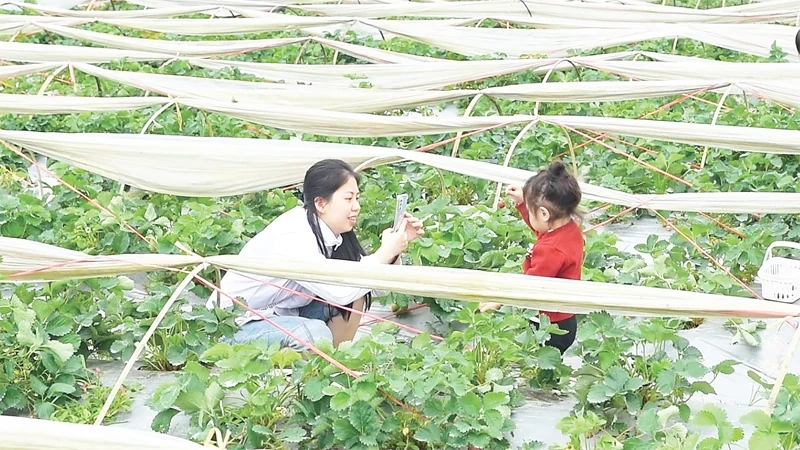
Tourists enjoy the experience of picking strawberries at Trang Farm, owned by Ms. Le Thi Trang, in Hop Tien commune.
Walking around the farm of more than 1 hectare with many seasonal vegetables, strawberries, milk grapes and a porcupine farm, few people can imagine that this place used to be an abandoned rice field. Determined to realize her passion for building an organic farm combined with experiential tourism, Ms. Trang spent 3 years "learning and working". As a result, a closed-loop agricultural model was born, operating on the principle of making the most of available resources and minimizing waste to the environment. On the farm premises, Ms. Trang arranged production areas including: 4,000m2 of milk grapes, 3,500m2 of strawberries, interspersed with a seasonal clean vegetable area, a fish pond and a porcupine farm. The total investment of more than 4 billion VND is scientifically allocated, ensuring both production and creating space for tourists to visit and experience.
"The crops are cared for using organic processes, without using toxic chemicals. After harvest, vegetables and fruits are not only supplied to the market but also used as animal feed, creating a closed cycle and saving costs," said Ms. Trang.
After 3 years of operation, Ms. Trang's farm model has broken even and started to bring in stable profits. Every day, the farm welcomes dozens of visitors, especially on weekends or holidays. Visitors not only get to pick and enjoy fresh fruits right in the garden, but can also fish, take care of hedgehogs or participate in planting and harvesting activities with farmers. Kindergartens and primary schools also often come to her farm to organize extracurricular activities for students to experience and learn about agriculture and the living environment.
Ms. Trang shared: “Agricultural tourism is a very potential model, bringing stable income and sustainable development. Not only does it help farmers increase their income, but it also spreads a green lifestyle, close to nature.”
In fact, the agricultural tourism model is not only a new direction for inefficient farming areas, but also a way to help people change their traditional agricultural mindset to a production-service-oriented one. There, agricultural products do not only stop at material value, but also become a green experience for tourists.
In Dong Tien ward, a similar model is being nurtured and implemented by Ms. Tong Thi Hien. With a farm area of 7 hectares, Ms. Hien can control the entire production process, from planting to harvesting. Currently, her farm is a rich vegetable garden with more than 30 types of agricultural products such as spinach, jute, chayote, pumpkin, yellow melon, black grapes... Besides, there is an area for raising black pigs, Mong chickens and herbs to serve the market.
According to Ms. Hien, the farm is supplying food to supermarkets and collective kitchens, thereby helping to stabilize output and ensure product quality. However, she hopes to expand the model to agricultural tourism to spread the value of clean agricultural products to more consumers. At that time, not only will local agricultural products be widely promoted but also create more jobs for local workers.
If in the past agricultural production often faced risks in terms of market, price and output, now, when combined with tourism, farmers have additional income from services, while increasing the value of agricultural products thanks to the experience and brand factors. Not only stopping at economic benefits, agricultural tourism also contributes to promoting the transformation of the rural economic structure, creating new livelihoods for people, especially women and older workers. Many people will no longer have to leave their hometown to work far away, but can participate in activities on the farm such as tour guides, taking care of crops, processing agricultural products or serving tourists.
From the initial successful models, it can be seen that developing agricultural tourism associated with organic production and environmental protection is a direction in line with the trend of sustainable development. When farmers know how to tell their own story through each vegetable bed, each strawberry, each garden, they are not only farming but also doing tourism, creating economic, cultural and spiritual values for the community. With the support of the government and functional sectors in planning, licensing, and training in community tourism skills, environmentally friendly farms will become attractive destinations, contributing to increasing farmers' income and promoting the local image.
Article and photos: Phuong Do
Source: https://baothanhhoa.vn/huong-di-tiem-nang-cho-kinh-te-nong-thon-266682.htm


![[Photo] National Assembly Chairman Tran Thanh Man received a delegation of the Social Democratic Party of Germany](https://vphoto.vietnam.vn/thumb/1200x675/vietnam/resource/IMAGE/2025/10/28/1761652150406_ndo_br_cover-3345-jpg.webp)



![[Photo] Prime Minister Pham Minh Chinh chaired a meeting to discuss solutions to overcome the consequences of floods in the central provinces.](https://vphoto.vietnam.vn/thumb/1200x675/vietnam/resource/IMAGE/2025/10/29/1761716305524_dsc-7735-jpg.webp)
![[Photo] Flooding on the right side of the gate, entrance to Hue Citadel](https://vphoto.vietnam.vn/thumb/1200x675/vietnam/resource/IMAGE/2025/10/28/1761660788143_ndo_br_gen-h-z7165069467254-74c71c36d0cb396744b678cec80552f0-2-jpg.webp)
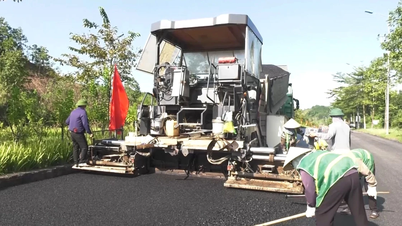

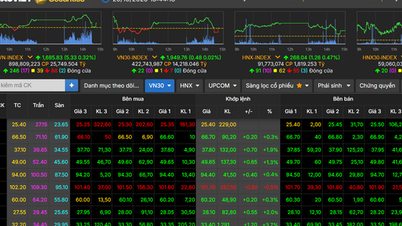



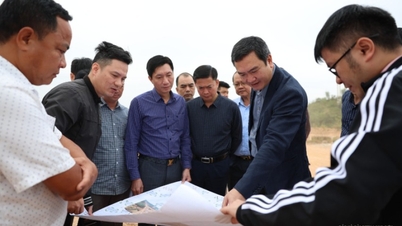

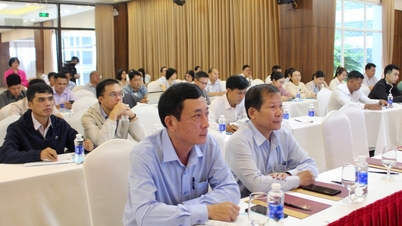

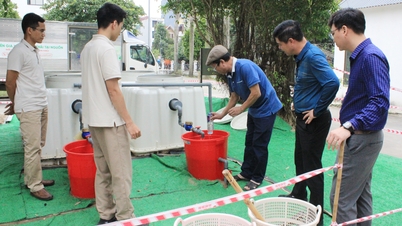





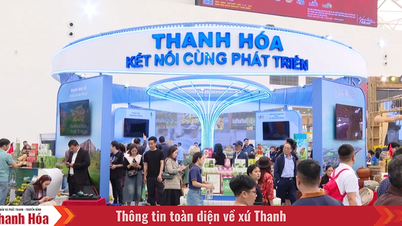
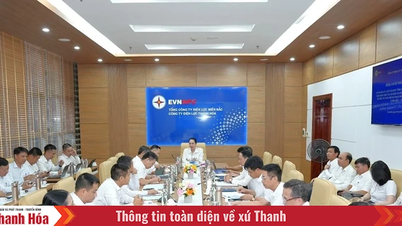
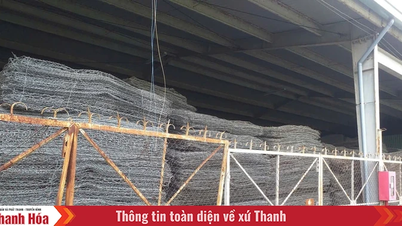
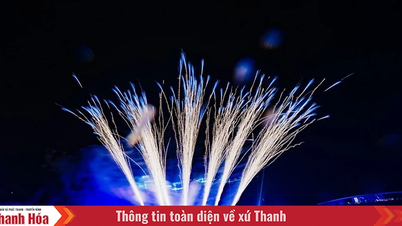

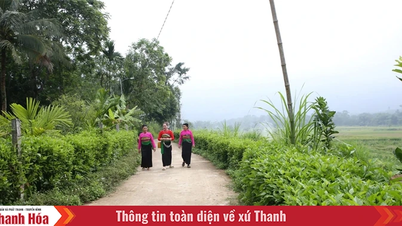
![[Photo] Draft documents of the 14th Party Congress reach people at the Commune Cultural Post Offices](https://vphoto.vietnam.vn/thumb/1200x675/vietnam/resource/IMAGE/2025/10/28/1761642182616_du-thao-tai-tinh-hung-yen-4070-5235-jpg.webp)


















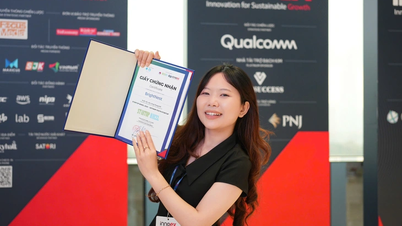
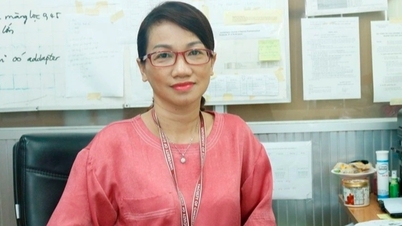








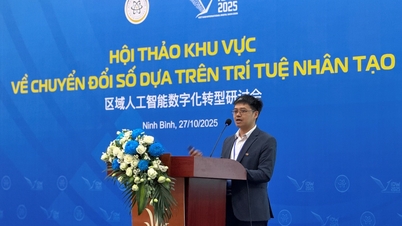













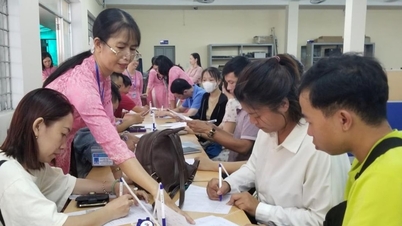







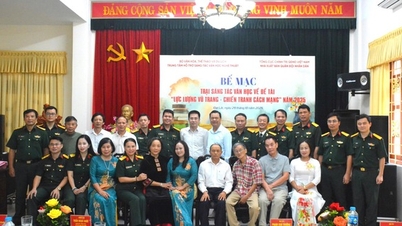



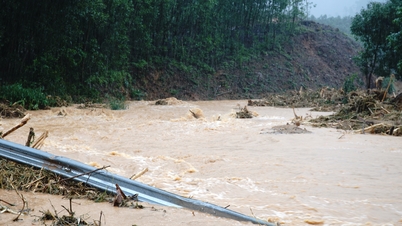





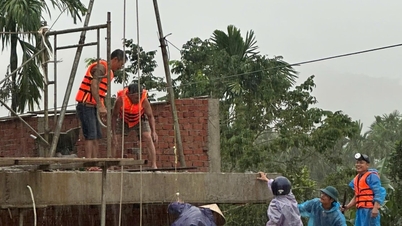
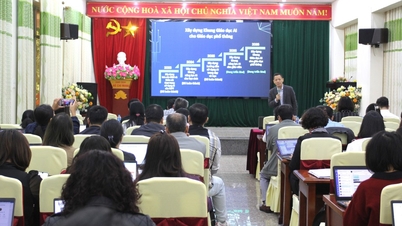













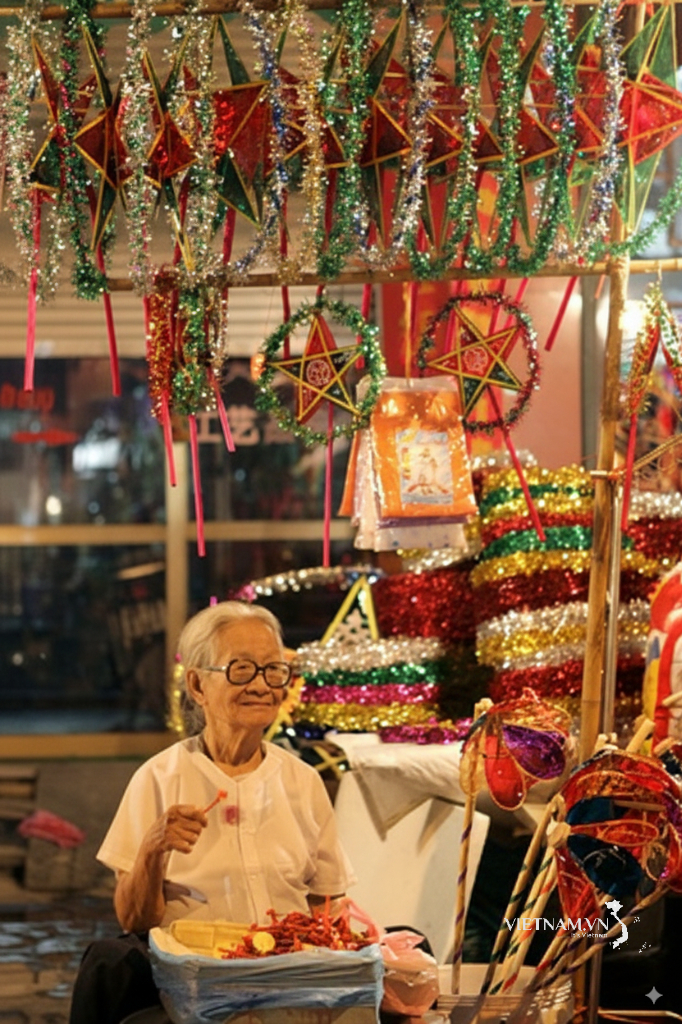
Comment (0)